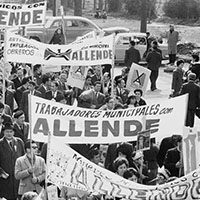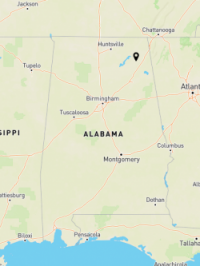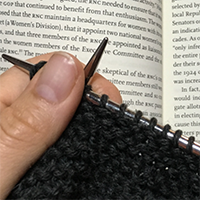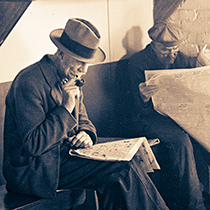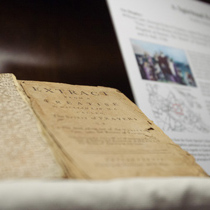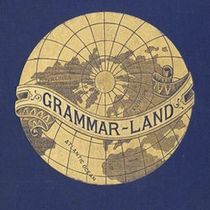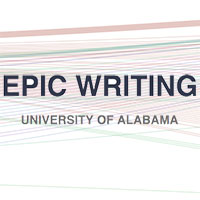Music Politics
What is the role of music in political movements? How have political forces shaped music culture? Students in UH 155: Music and Political Movements consider how music shapes and creates human society, and how the semiotic and communicative power of music has been employed in the service of political movements around the world and through …

